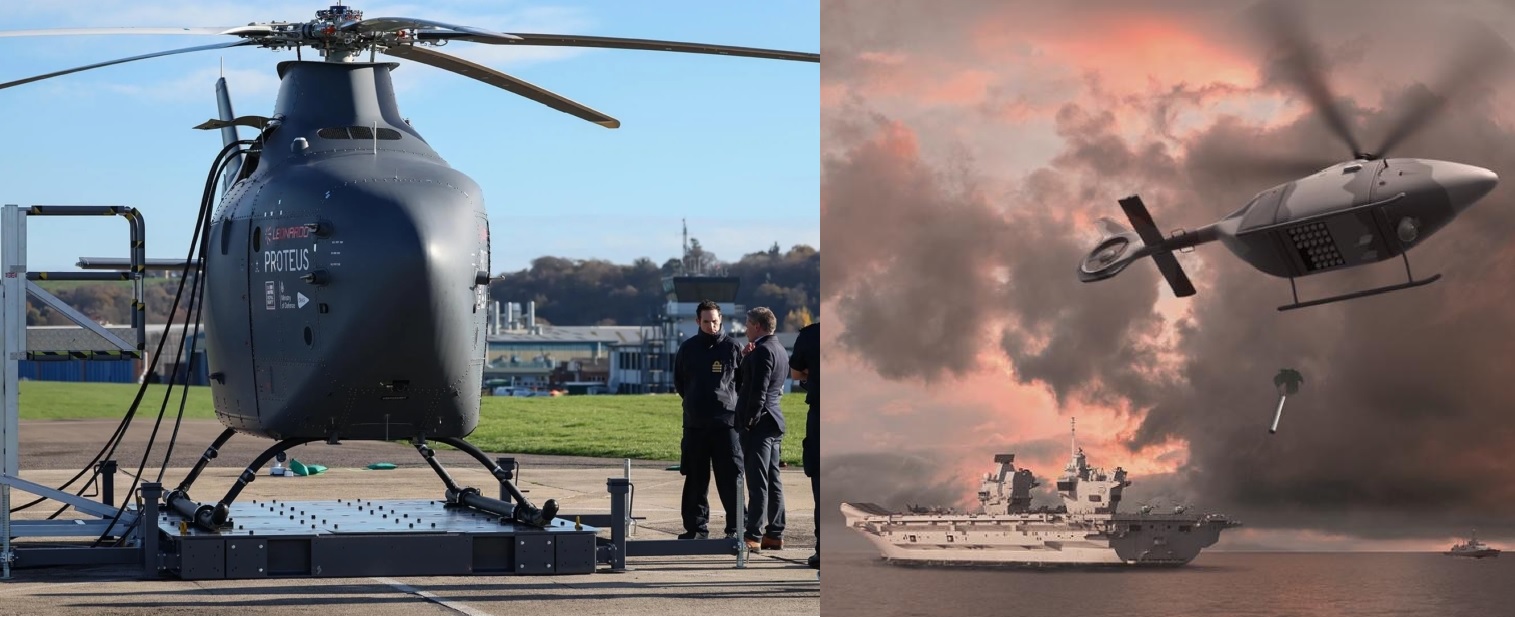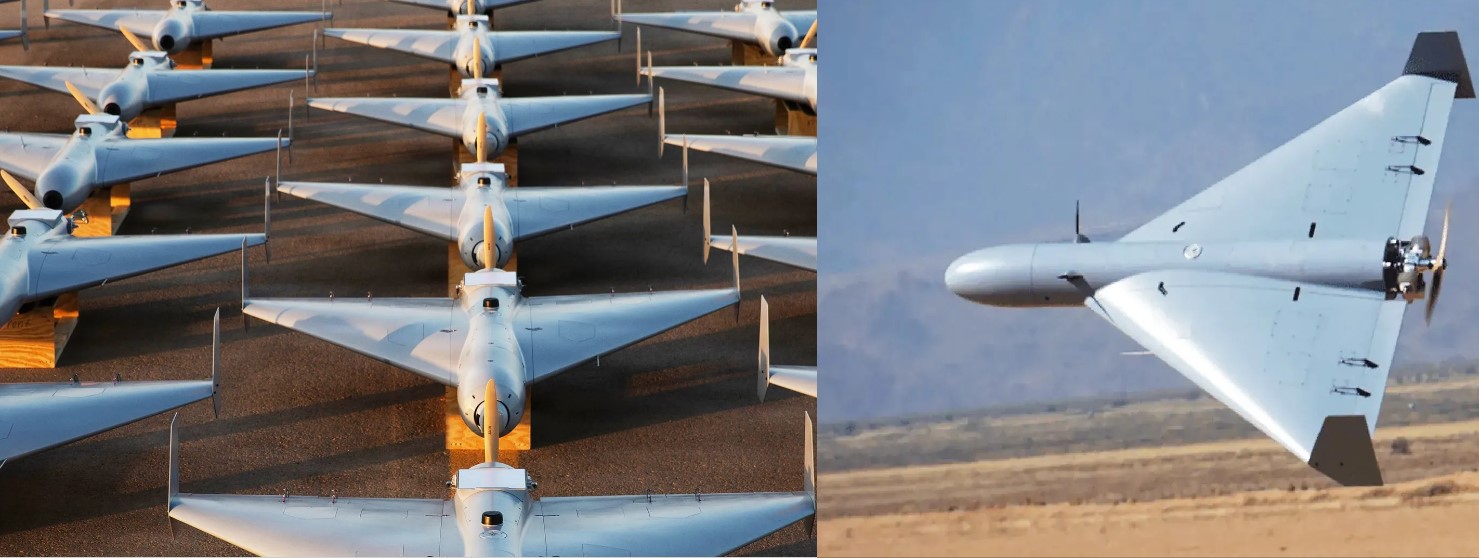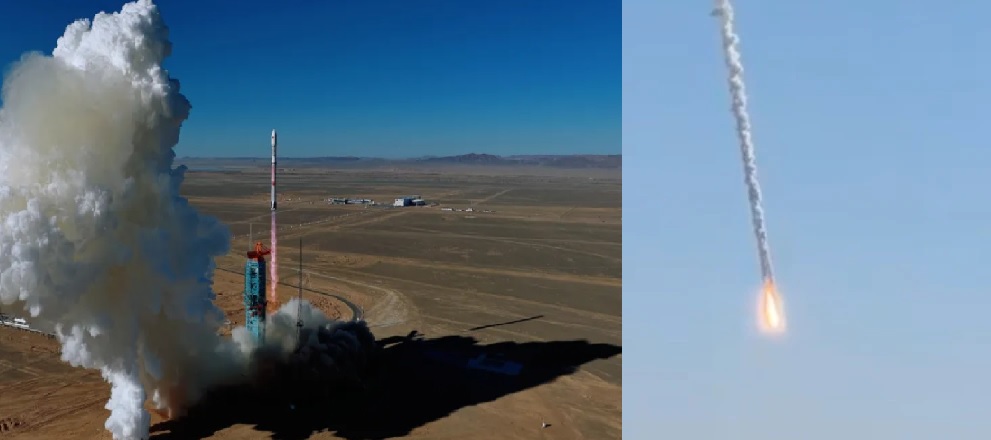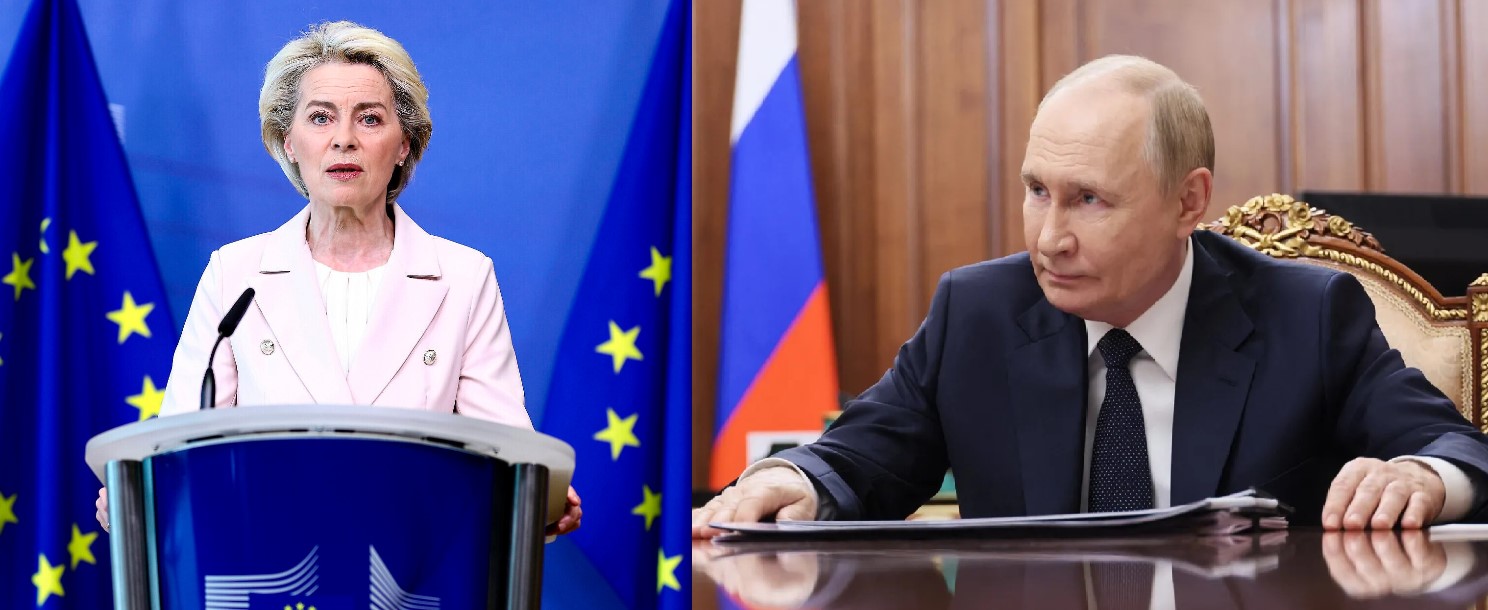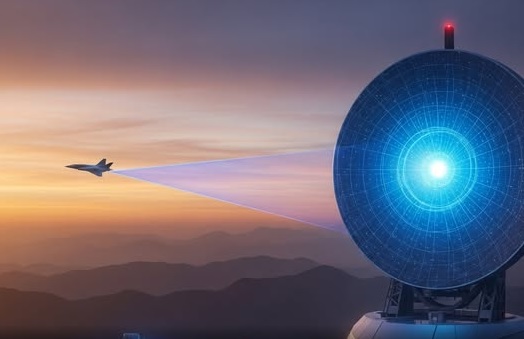Thailand Orders Four Gripen E/F Fighter Jets in $500 Million Deal with Saab
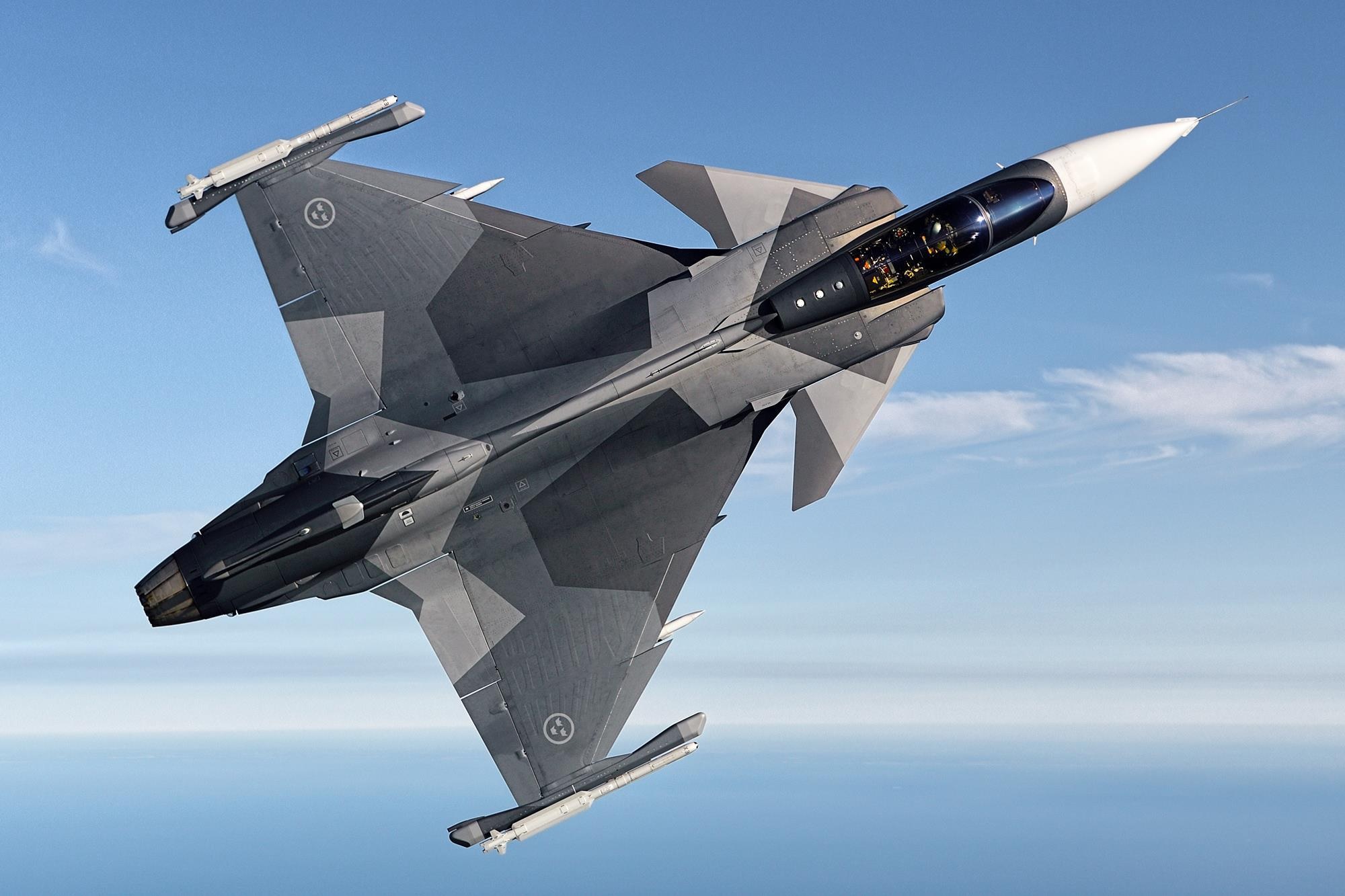
Stockholm/Bangkok, August 2025 – Saab has signed a landmark agreement with the Swedish Defence Materiel Administration (FMV) to supply four next-generation Gripen E/F fighter aircraft to the Royal Thai Air Force (RTAF). The deal, worth approximately SEK 5.3 billion (around USD 500 million), underscores Thailand’s continued commitment to the Gripen platform and strengthens its long-term defence partnership with Sweden.
Details of the Order
The contract covers the delivery of three single-seat Gripen E aircraft and one twin-seat Gripen F, with deliveries scheduled between 2025 and 2030. In addition to the aircraft, the package includes:
-
Associated mission equipment
-
Pilot and ground crew training
-
Long-term technical and operational support
This ensures the RTAF can integrate the new fighters smoothly into its existing fleet and sustain operations over the long term.
Technology Transfer and Industrial Cooperation
As part of the acquisition plan, Saab has signed a parallel contract with the Royal Thai Air Force for an extensive offset package. This includes:
-
Defence technology transfer to strengthen Thailand’s local capabilities.
-
Industrial partnerships with Thai companies.
-
New investments across multiple sectors of Thailand’s economy.
According to Saab, this cooperation will not only enhance Thailand’s defence ecosystem but also support broader national industrial growth.
Statements from Saab
Micael Johansson, Saab’s President and CEO, welcomed Thailand’s decision:
“We welcome Thailand as the latest customer for Gripen E/F. Thailand is already a well-established Gripen user and familiar with the strengths that Gripen brings to the Royal Thai Armed Forces. Thailand has chosen the most modern fighter on the market with which to build its next generation of strategic, independent capabilities.”
Thailand’s Existing Gripen Fleet
The Royal Thai Air Force currently operates one squadron of Gripen C/D multi-role fighters, based at Wing 7 in Surat Thani. These aircraft were acquired in the late 2000s under earlier defence cooperation agreements with Sweden.
The new Gripen E/F jets will operate alongside the existing Gripen C/D fleet, significantly boosting the RTAF’s air combat capability. The addition of the twin-seat Gripen F variant will also enhance training, tactical command, and mission flexibility.
Gripen E/F – Next-Generation Capabilities
The Gripen E/F represents the latest and most advanced iteration of Saab’s fighter aircraft. Key features include:
-
State-of-the-art AESA radar with extended detection range.
-
Advanced electronic warfare suite for survivability against modern threats.
-
Increased payload capacity with 10 hardpoints.
-
New, more powerful GE F414G engine providing superior thrust-to-weight ratio.
-
Extended range and endurance, suitable for long patrols and strike missions.
-
Network-centric warfare capabilities, allowing seamless data sharing between air, land, and sea units.
Strategic Significance for Thailand
The acquisition comes as Thailand seeks to modernize its aging fleet, which currently includes F-16 Fighting Falcons and other legacy platforms. By introducing the Gripen E/F, Thailand gains access to one of the world’s most modern 4.5-generation fighters, offering cost-effective operations, advanced technology, and interoperability with Western systems.
This move is also a strong signal of Thailand’s desire to maintain independent defence capabilities while balancing strategic ties with both Western and Asian partners.
With the addition of Gripen E/F fighters, the Royal Thai Air Force will be better equipped to handle evolving regional security challenges, including maritime security, air defence, and joint operations. The partnership with Saab and Sweden ensures not just delivery of advanced aircraft, but also a long-term investment in Thailand’s defence infrastructure and industry.
✍️ This article is written by the team of The Defense News.
